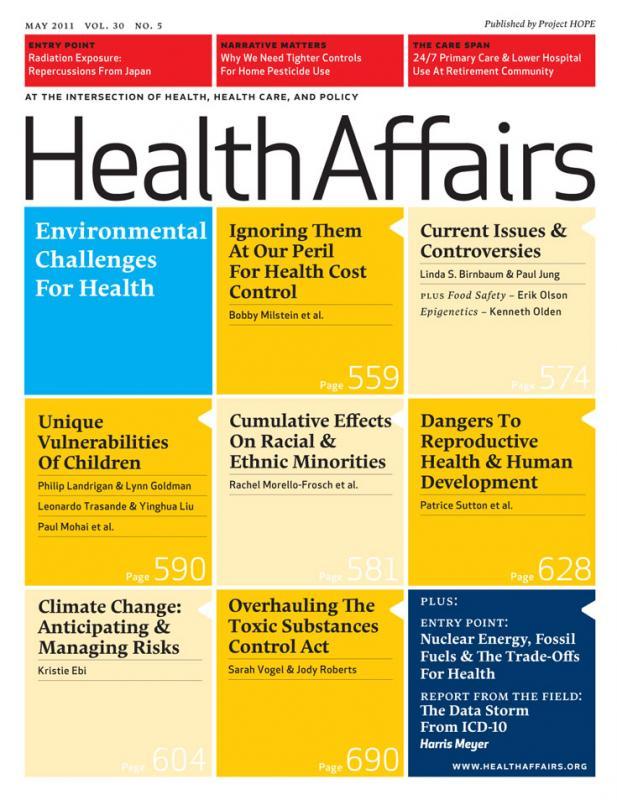The dually eligible population includes many individuals who need both complex medical care and long-term services and supports, which leads to high health care spending. Better understanding of how subgroups within this population use services over time can help identify opportunities to target and refine integrated care programs and related policies. This study reported the highest level of combined spending in Medicare and Medicaid within two subgroups of dually eligible individuals: older adults nearing end of life, and adults under age 65 with sustained needs for functional supports.
While both of these subgroups had high costs related to inpatient care in acute care hospitals and nursing facilities, there are distinct opportunities to provide greater value to these individuals. First, frail older adults who are nearing the end of life may benefit from intensive palliative care services across care settings, combined with frequent use of home- and community-based services that provide stability in the final years of life. The second subgroup of younger dual eligibles may benefit from care transition interventions that reduce the need for acute care hospitalizations. Tailored approaches to reducing stays in short-term inpatient facilities for specific high-risk subpopulations of dually eligible individuals may improve care and lead to lower costs.




